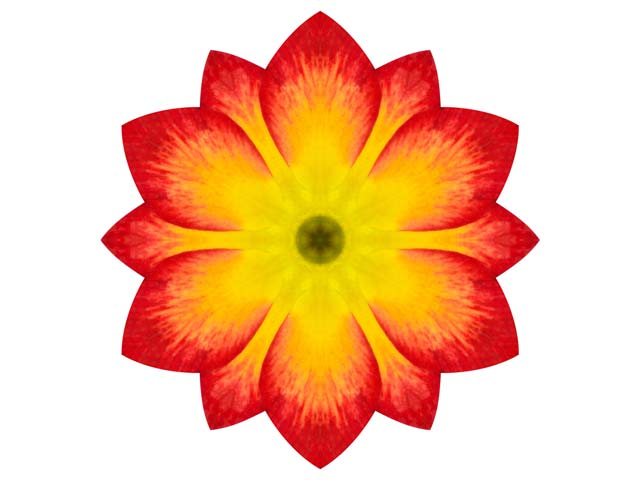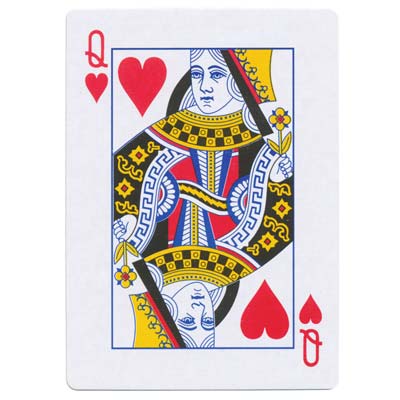Transformations and SymmetrySymmetry
An object is symmetric if it looks the same, even after applying a certain transformation.


We can reflect this butterfly, and it looks the same afterwards. We say that it has reflectional symmetry.


We can rotate this flower, and it looks the same afterwards. We say that it has rotational symmetry.
Reflectional Symmetry
A shape has
Draw all axes of symmetry in these six images and shapes:
This shape has
A square has
This shape has
Many letters in the alphabet have reflectional symmetry. Select all the ones that do:
Here are some more shapes. Complete them so that they have reflectional symmetry:
Shapes, letters and images can have reflectional symmetry, but so can entire numbers, words and sentences!
For example “25352” and “ANNA” both read the same from back to front. Numbers or words like this are called
If we ignore spaces and punctuation, the short sentences below also have reflectional symmetry. Can you come up with your own?
Never odd or even.
A
Yo, banana
But Palindromes are not just fun, they actually have practical importance. A few years ago, scientists discovered that parts of our
Rotational Symmetry
A shape has
The
The angle of each rotation is
Find the order and the angle of rotation, for each of these shapes:

Order

Order

Order
Now complete these shapes, so that they have rotational symmetry:
Order 4
Order 2
Order 4